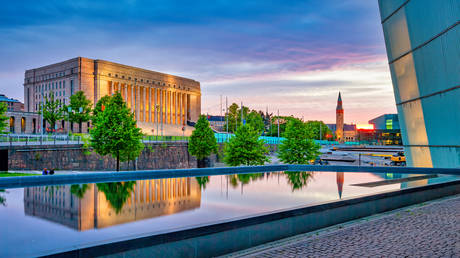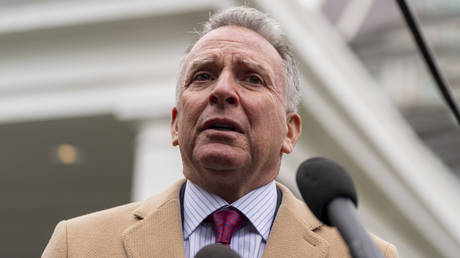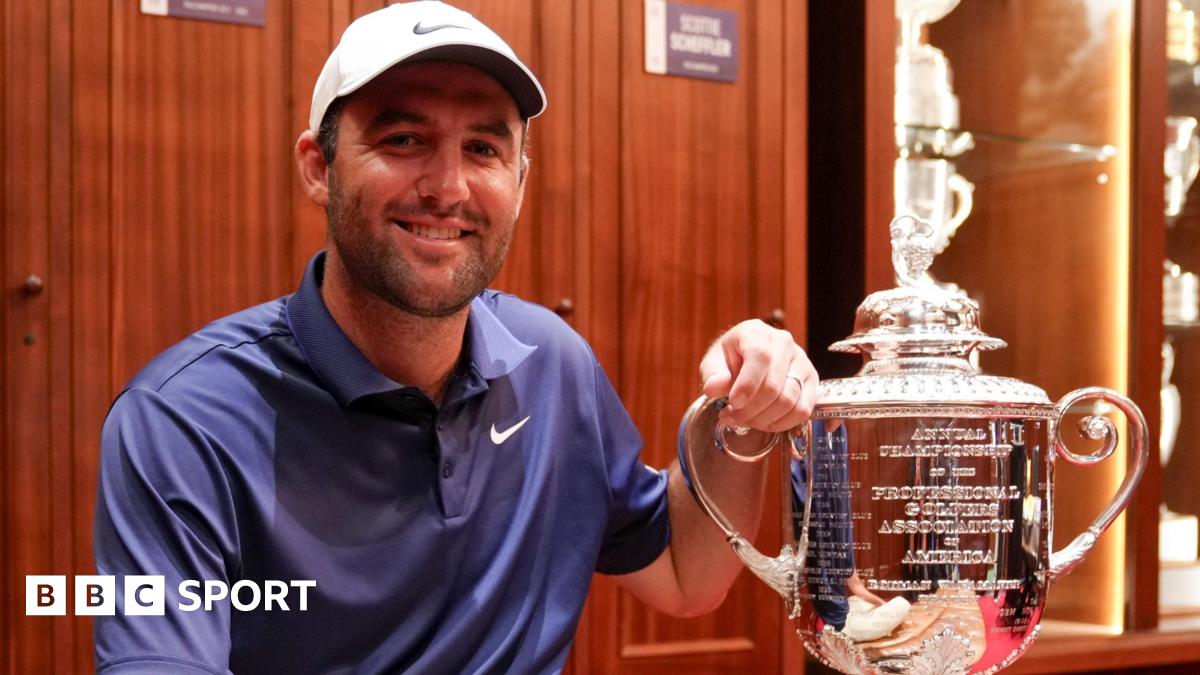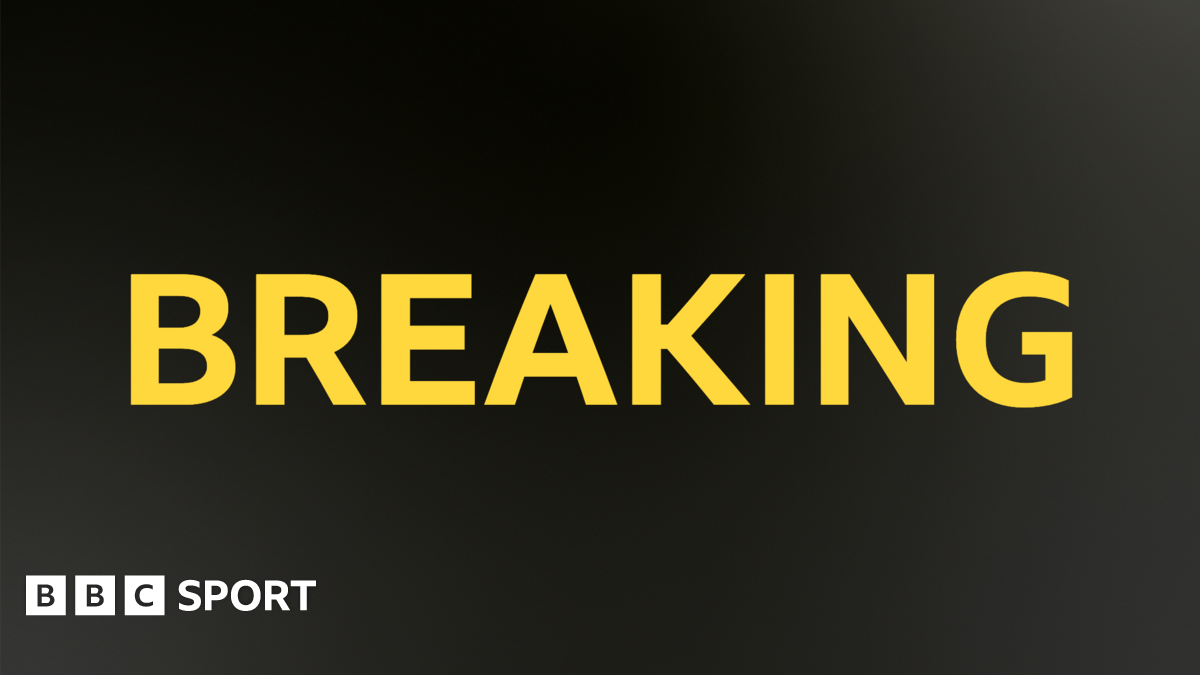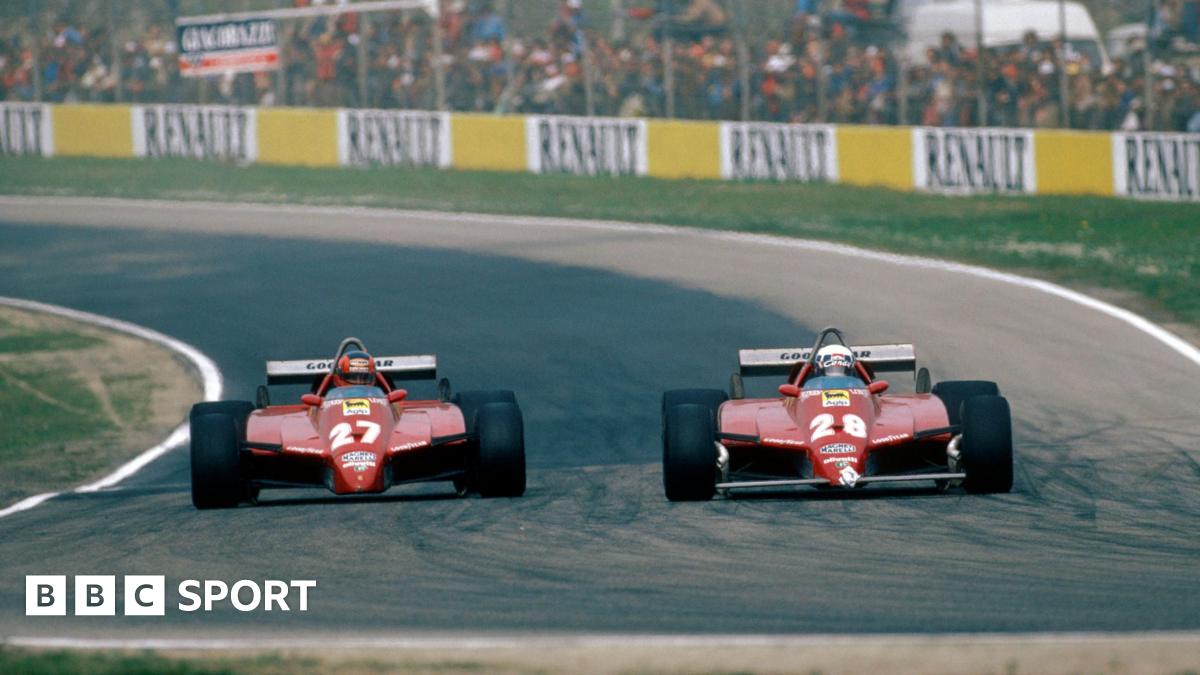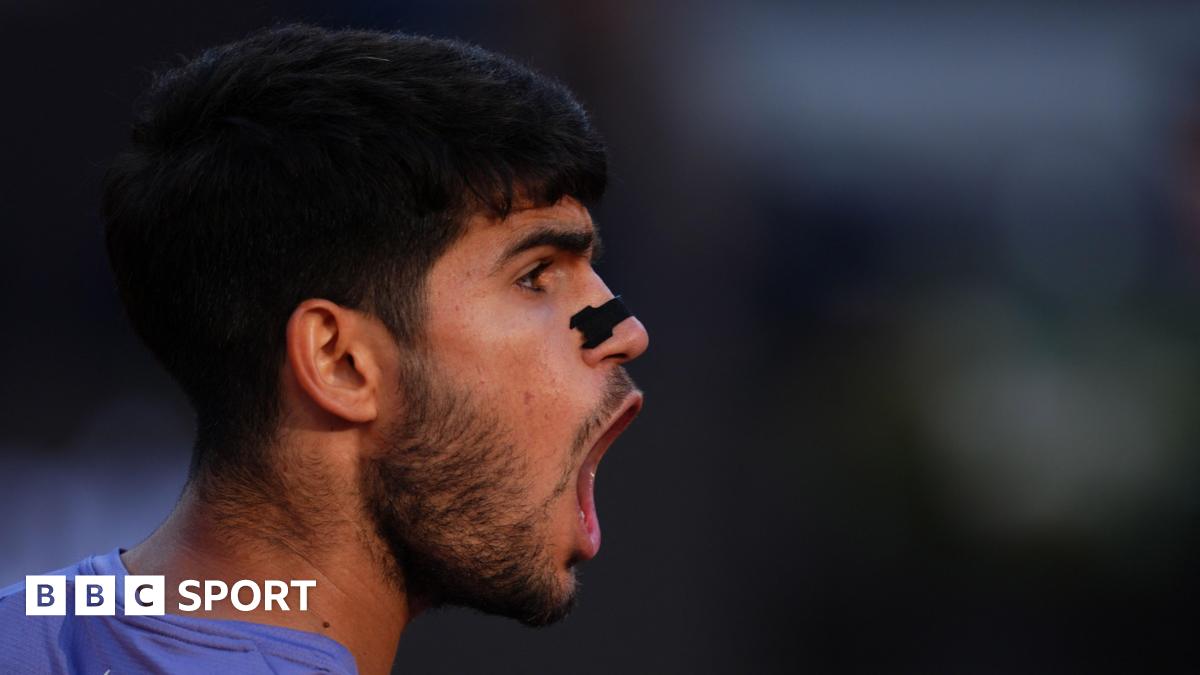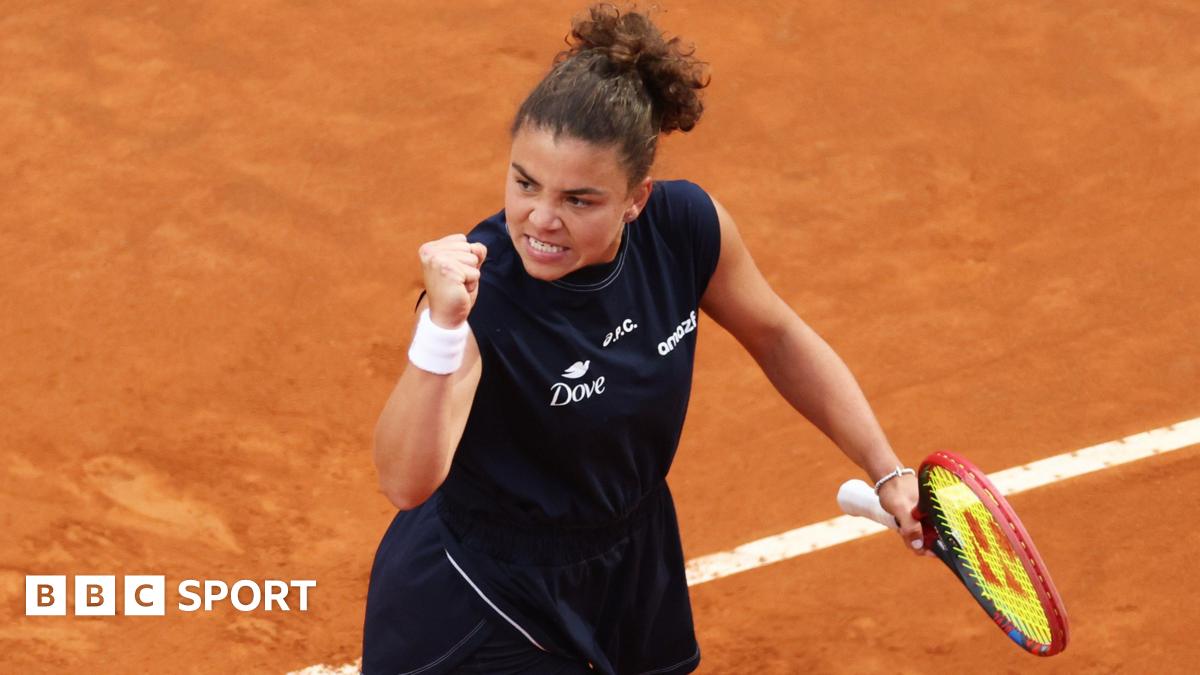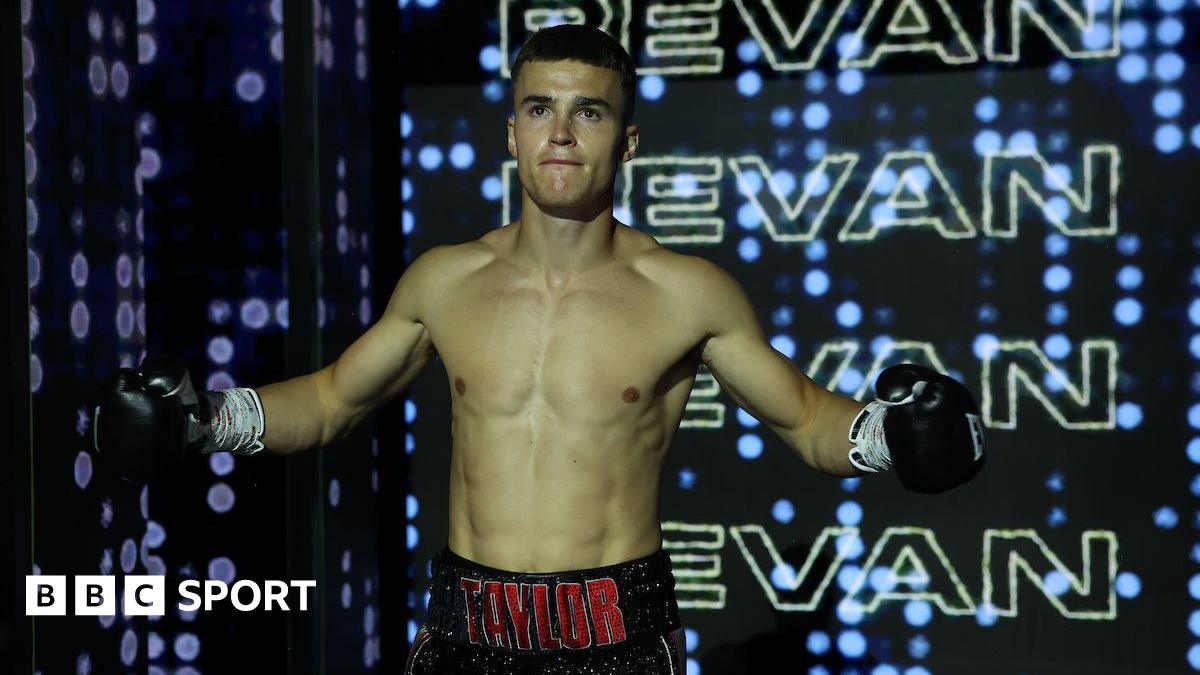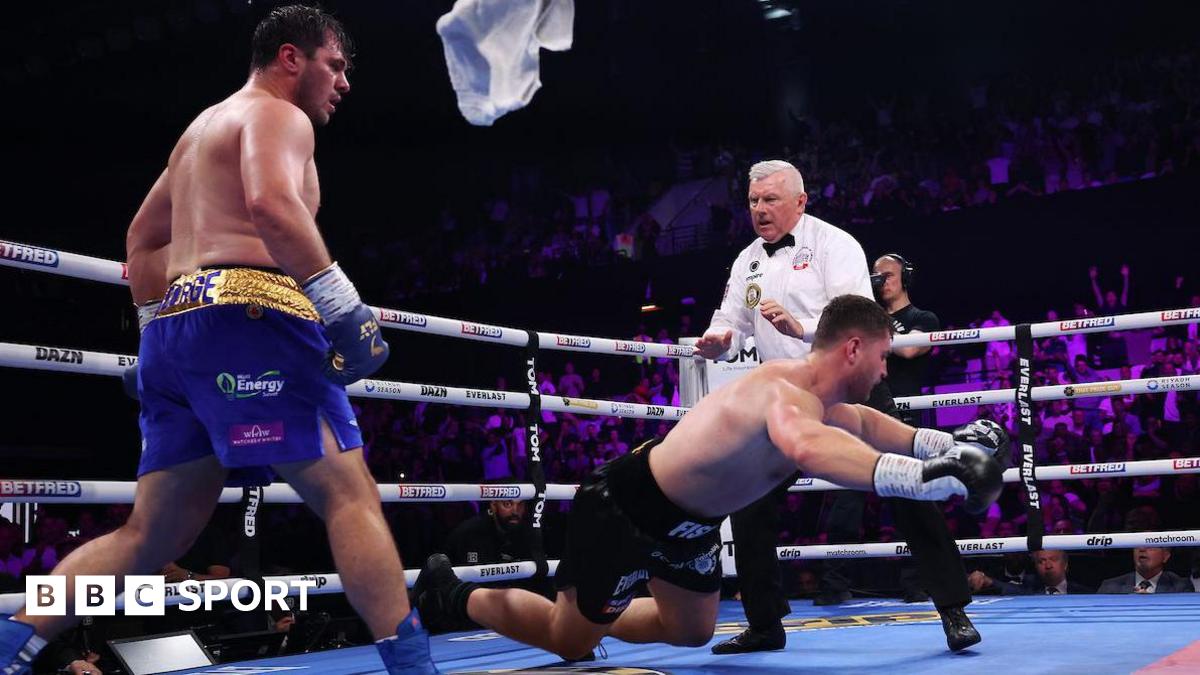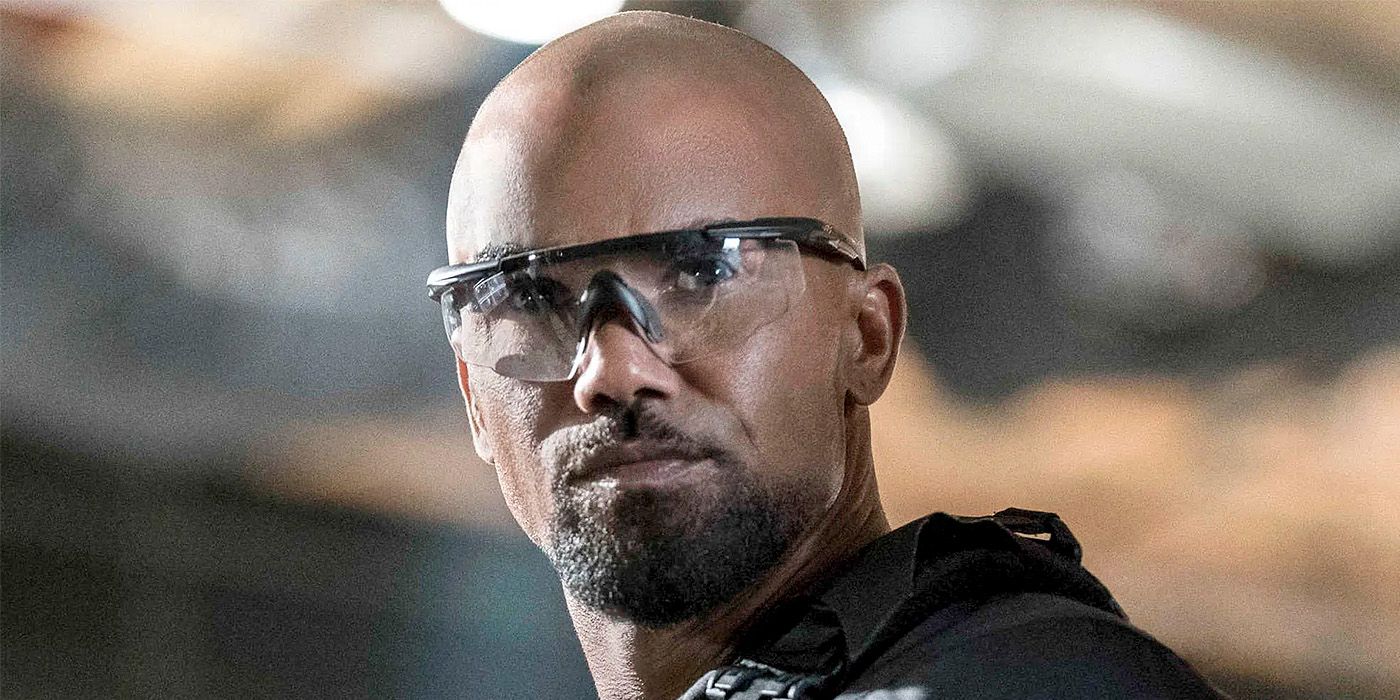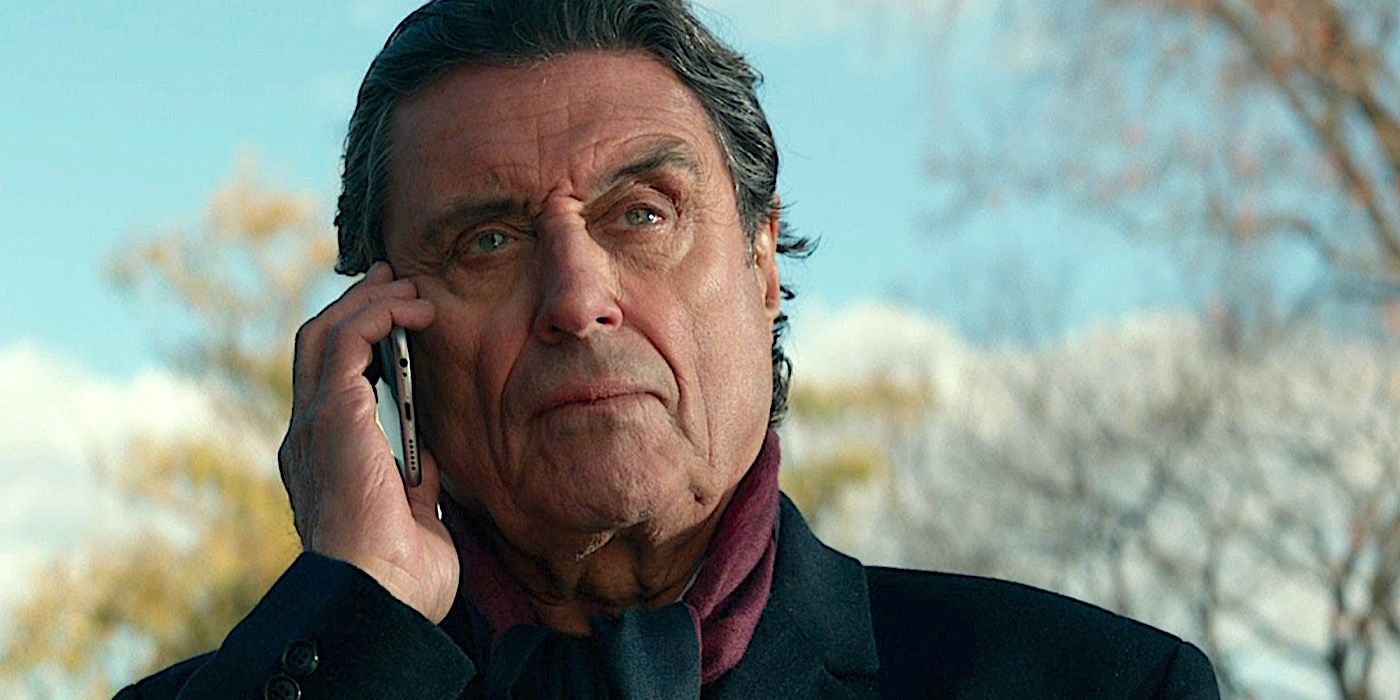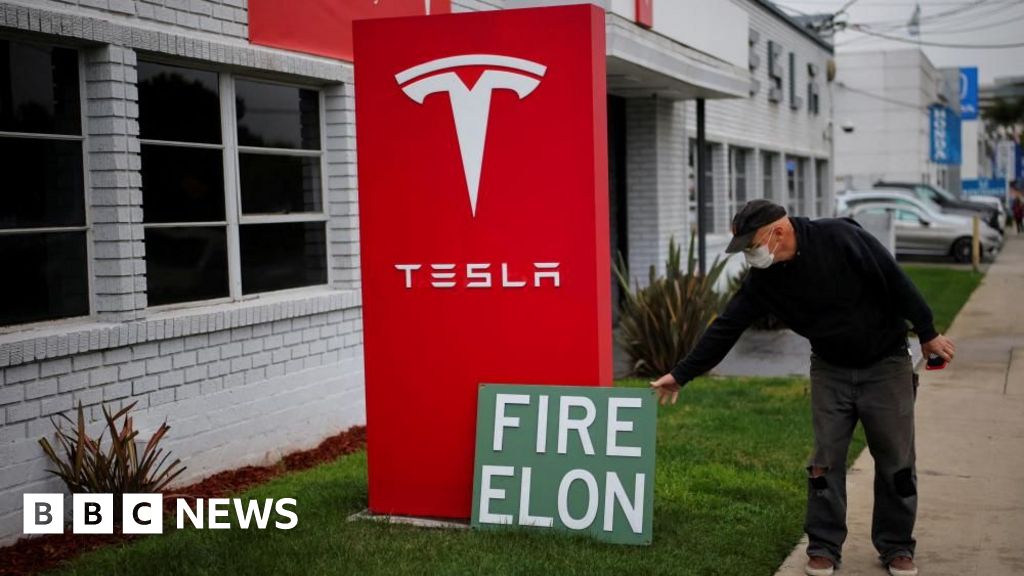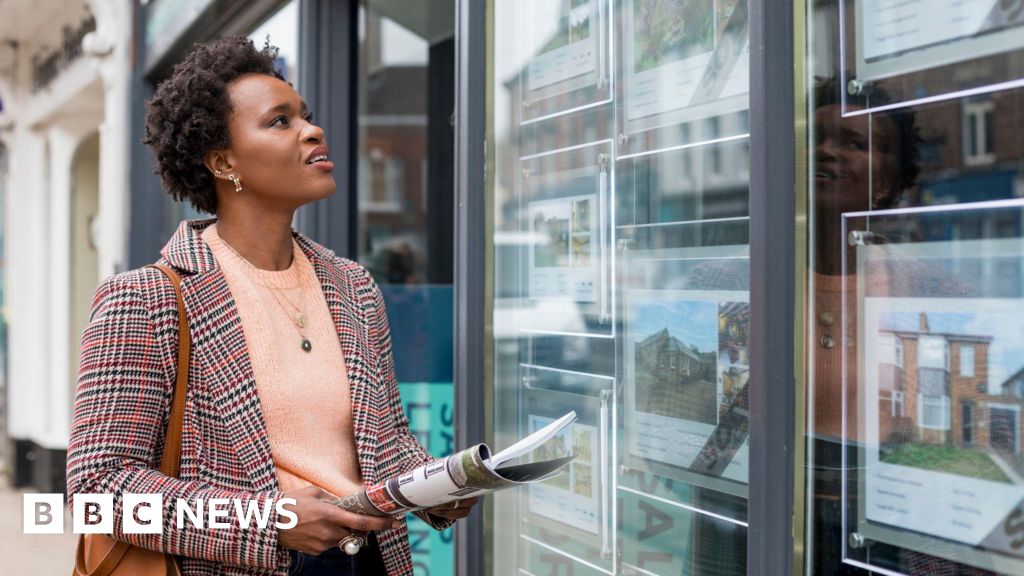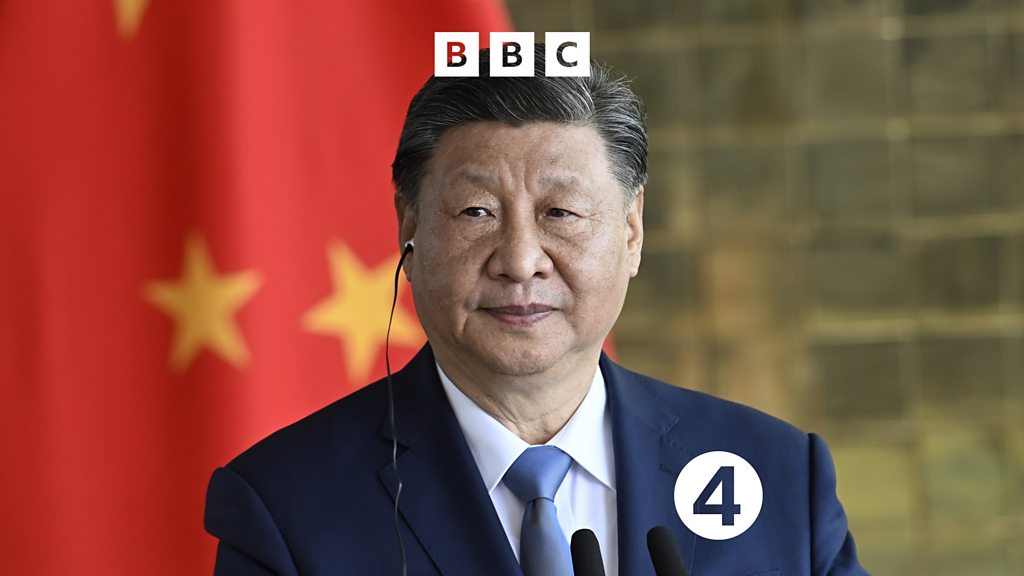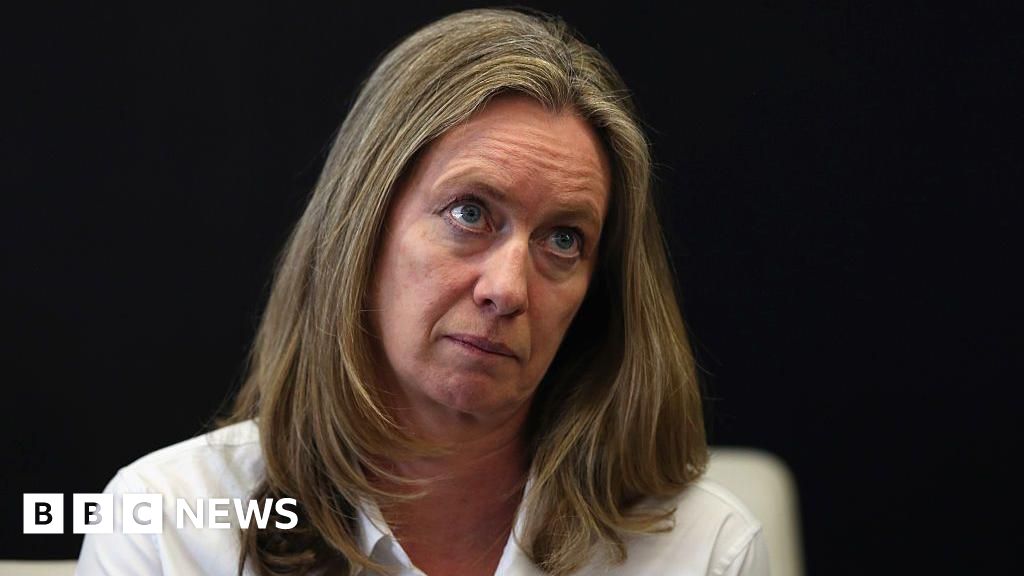Tariffs are about to make your AC unit a lot more expensive

As summer nears and states like Texas are already facing extreme heat, tariffs are about to make cooling your home a lot more expensive—and experts don’t expect prices to come down any time soon.
The U.S. heating and cooling industry is highly dependent on overseas manufacturers, both for fully assembled units like air conditioners, heat pumps, and HVACs, and for the component parts used to build them. According to the Observatory of Economic Complexity, the U.S. imported more than $15 billion in AC units last year, mainly from Mexico and China.
But according to Aydin Mehr, general manager of the HVAC contractor UniColorado, overseas manufacturers essentially halted production on new units when President Trump announced his tariff plans back in early April, leaving U.S. distributors with an extremely limited supply of heating and cooling appliances. Last week, the Trump administration paused its 145% tariff on China and replaced it with a 30% tariff in the meantime. Now, contractors are reeling from the whiplash of an uncertain manufacturing outlook and dealing with higher expenses across the board.
Mehr says consumers can expect to face both delays and substantially higher prices on AC units and heat pumps this summer. The news comes as a record-breaking heatwave has already hit Texas and some parts of the Southwest, leaving the rest of the nation gearing up for a summer of extreme heat.
Why is my AC getting more expensive?
From a supply chain perspective, Mehr says, there are a few reasons why the heating and cooling industry has been hit particularly hard by the Trump tariffs.
First, he says, around 60% to 70% of completed AC, HVAC, and heat pumps are imported to the U.S. Second, while there are a few manufacturers that do assemble AC units in the U.S., Mehr explains those plants still overwhelmingly rely on component parts shipped from China.
And third, he describes the industry as “very similar to car manufacturers,” because instead of stockpiling units, distributors anticipate demand based on the season and build their inventories around that. In the case of an unexpected situation like new tariffs, there are no “warehouses full of appliances” that can be ready to ship.
“When the 145% [tariffs on China] first hit in April, manufacturers stopped producing and distributors stopped importing,” Mehr says. “No one was importing anything from China. No one was really trying to bypass it. Everyone just stopped to see what would happen. So because of that, there’s less units.”
Tariffs on Chinese imports may have dropped, but the 30% tariff still represents a major markup in an industry that relies heavily on Chinese goods, on top of the fact that distributors are working with a majorly diminished supply.
Today, Mehr says, essentially all of the components that go into building an AC unit are more expensive, including steel, sheet metal, and refrigerant. He predicts that, in order to avoid excessive sticker shock, American distributors will slowly increase their prices to offset higher expenses, so that, by the hotter summer months, “the full weight of the tariffs will be borne by the end customer.”
“My expectation is that prices between now and the end of September will increase at least 10% to 15% at a minimum, on everything,” Mehr says. “So, if a repair costs 300 bucks today, it will probably cost 320 by then.”
In addition to increased prices on both cooling appliances and associated repairs, Mehr says, there will likely be fewer options for customers to choose from.
“Maybe you could pick from five things today, but probably in a month and a half, you can pick from two or three,” Mehr says. He adds that it’s possible the situation might improve by the late summer, when demand dies down, but in the meantime, most distributors don’t have much stock to offer. “It’s not a great situation, because the industry isn’t really made to have tariffs announced on Twitter: One day on, one day off, one day 145%, the next day 30%—it’s not really built to overcome that at all.”
Bad news for a hot summer
This isn’t the first time that the heating and cooling industry has been impacted by tariffs. Back in 2019, President Trump imposed a 10% to 25% tariff on Chinese imports, which had a similar ripple effect across the supply chain—a situation that was only exacerbated by the pandemic.
Since then, though, prices have only continued to rise rather than returning to pre-2019 levels. Mehr expects the hikes brought on by this most recent round of tariffs to become the new normal for distributors.
“If someone has had an upgrade or major repair in mind, they should act on it soon, because even if tariffs are eased, all of these existing price increases are not going away,” Mehr says. “Being in this industry, I have never seen prices of anything go back down. When manufacturers raise it, it rises forever.”
The price jumps come as climate change continues to drive extreme summer temperatures. Last summer, people around the world experienced 41 extra days of dangerous heat due to climate change, a trend that was both dangerous and expensive, given the mounting electricity bills needed to stay cool.
And now, Texas is already experiencing a heat wave that has seen temperatures rise above 100 degrees in mid-May, causing electricity use to surge to a new May record of over 78,000 megawatts, according to the Electric Reliability Council of Texas.
Per a recent study from the National Energy Assistance Directors Association, residential electricity costs are forecast to average $784 this summer, up 6.2% since last year. Paired with rising appliance costs and maintenance fees, that means AC could become prohibitively expensive for many Americans.
And this isn’t just uncomfortable: It can be deadly. Heat is the leading cause of weather-related deaths in the U.S., killing more people than hurricanes, floods, and tornados. It can also exacerbate health conditions, impact people’s sleep, and contribute to cognitive issues.
What's Your Reaction?
 Like
0
Like
0
 Dislike
0
Dislike
0
 Love
0
Love
0
 Funny
0
Funny
0
 Angry
0
Angry
0
 Sad
0
Sad
0
 Wow
0
Wow
0





